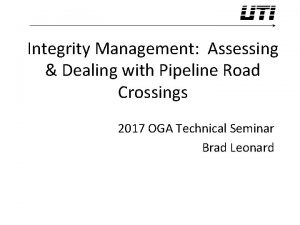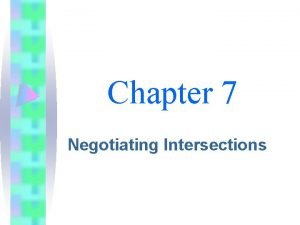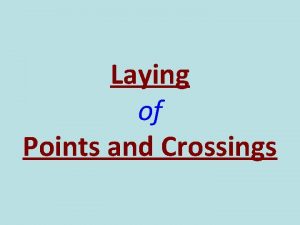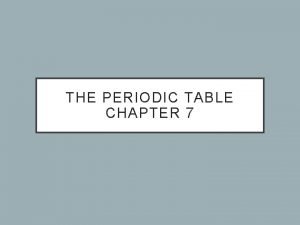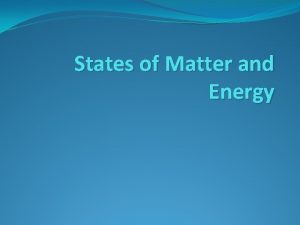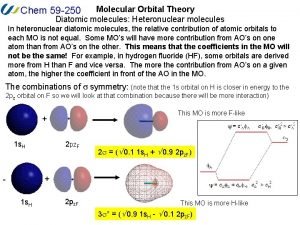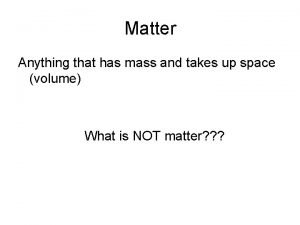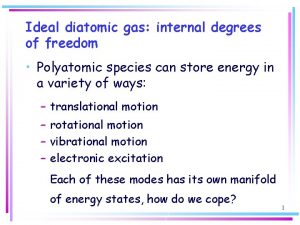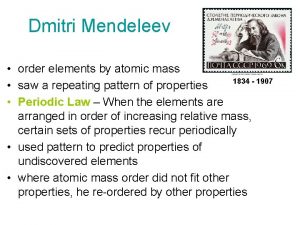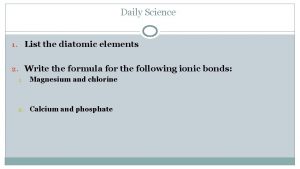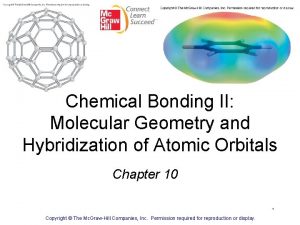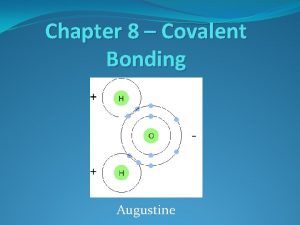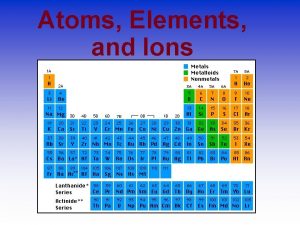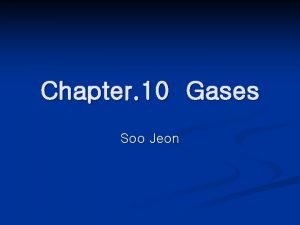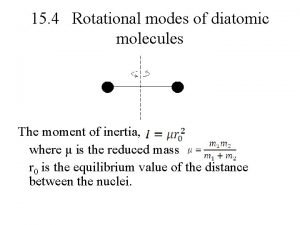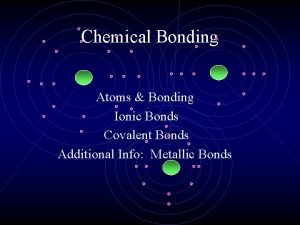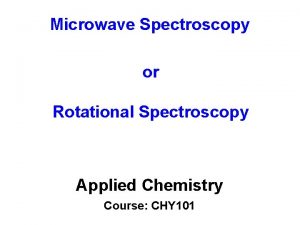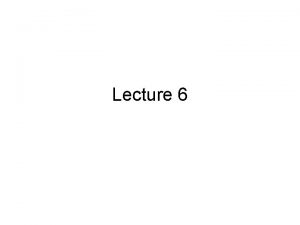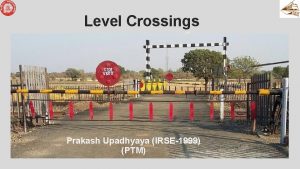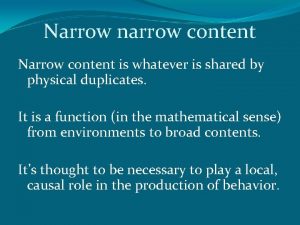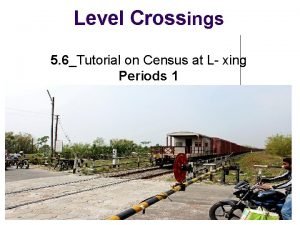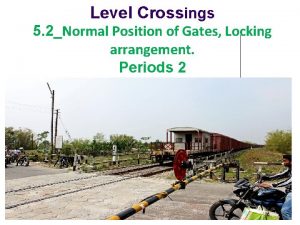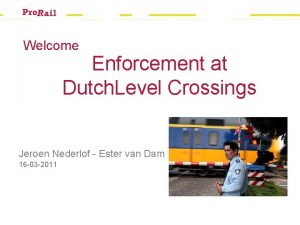Narrow oppositeparity level crossings in a diatomic free




















- Slides: 20

Narrow opposite-parity level crossings in a diatomic free radical Dave De. Mille, E. Altuntas, J. Ammon, S. B. Cahn, R. Paolino* Physics Department, Yale University *Physics Department, US Coast Guard Academy • Motivation: nuclear spin-dependent parity violation • PV measurement strategy: Zeeman-tuned rotational degeneracies • Measurements: Stark-induced transitions near a rotational level crossing • Outlook De. Mille Funding: NSF Group

Mechanisms for atomic/molecular parity violation Electroweak coupling to nuclear spin: “NSD-PV” e e Ve+Ae Z 0 N e g + VN+AN NSD-PV from direct Z 0 exchange: + numerically suppressed I N nuclear spin I Z 0, W ± PV weak interactions inside nucleus induce nuclear “anapole moment” that couples to electron magnetically Weak-interaction Hamiltonian HW mixes hyperfine states with opposite parity

Enhanced parity mixing via systematic level degeneracies in diatomic free radicals Example: 2 S with single nuclear spin I=1/2 (e. g. 138 Ba. F) Typically several crossings for B = 0. 3 - 1 T JP Rotation + e- spin 1/2 3/2 - + nuclear spin (I=1/2) - 1 - 1/2 - 01+ 1/2+ 0+ 2 1 - Effective energy separation D ~ 1 k. Hz ~ 10 -11 e. V near crossing 1011 enhancement vs. atoms! B

The ZOMBIES NSD-PV experiment at Yale Z eeman-tuned O ptically prepared and detected Molecular B eams for the Investigation of E lectroweak effects using S tark interference

Molecule PV experimental schematic Superconducting solenoid B (1) E 0 (2) (1) (2) (3) (4) (3) E 0 Laser |-> Laser |+>

Stark interference method: apply oscillating E-field to mix nearly-degenerate levels Zeeman-shifted Energy E Center of Magnet: Homogeneity d. B/B < 10 -7 EE E+ Position z Time t = z/v

Strategy to detect PV in near-degenerate levels |-> |+> D. D. , S. B. Cahn, D. Murphree, D. A. Rahmlow, and M. G. Kozlov Phys. Rev. Lett. 100, 023003 (2008) Large Stark Term Even in E 0 Small Weak Term

Signal, Asymmetry, Sensitivity

Experimental study of Stark-induced transitions at level crossings in 138 Ba. F |ms, m. I, m. N>

Opposite-parity level crossing spectroscopy Apply unipolar E-field pulse E- E-field from step potential on cylindrical boundary -V E+ +V

Simple Stark-induced transition at a level crossing |-> |+>

Typical level-crossing data: lineshape & position B-field at crossing from position of peak Interaction time t from width of peak Matches calculated FWHM d. D ~ 6 k. Hz D (k. Hz)

Rabi flopping: period vs. E 0 determines d Peak normalized signal [suppressed Dipole matrix element d = 3574(7) Hz/(V/cm) by spin flip] Peak applied electric field E 0 [V/cm]

Complex lineshapes from off-resonant Stark shifts Apply single E-field pulse Spatially-varying detuning due to offresonant Stark shifts E- E+ Center of Magnet

Data: lineshapes from off-resonant Stark shifts Data and fit including spatially-varying Stark shift Fit at several different E 0 values determines crossing position vs. B, and Stark shift strength

Calculated level crossings in 138 Ba. F |ms, m. I, m. N> 16

Extracted data from 138 Ba. F crossings: crossing positions & dipole matrix elements Type Initial Calc. X Obs. X (Gauss) PR EL (Gauss) Calc. d Obs. d Unc. obs. (Hz/V/cm) IM INA RY Generally excellent agreement with all predictions from standard spin/rotation/hyperfine + Zeeman Hamiltonian treatment; some details still to be completed in fit

Initial, very preliminary NSD-PV data in 138 Ba. F Shaped E-field Normalized Signal S 0, 4 0, 3 0, 2 0, 1 Take NSD-PV data HERE Positive E 0 a Negative E 0 0 -10 -5 0 Detuning D (k. Hz) 5 10

Conclusions & Outlook: Parity Violation with Diatomic Free Radicals • Opposite-parity level-crossing spectroscopy: linewidth (as small as 4 k. Hz), lineshapes, positions, matrix elements, etc. all in agreement with theory • Molecular systems very promising for study of NSD-PV: excellent S/N & systematics, leverage from developed techniques • Multiple nuclei available for anapole moment determination (we will use 137 Ba in 137 Ba. F first; 19 F in 138 Ba. F now for testing) • Measurements of fundamental Z 0 couplings possible in long term? • Likely extensions with new molecular data, improved molecular beams, laser cooling, etc: an “anapole factory”…? • n. b. same level crossings suggested for simulation of conical intersections in trapped ultracold molecules [Hutson, Krems, etc. ]

Emine Altuntas Jeff Ammon John Barry Colin Bruzewicz Sid Cahn, Ph. D Eustace Edwards Danny Mc. Carron, Ph. D Eric Norrgard Brendon O’Leary Toshihiko Shimasaki Matt Steinecker Adam West, Ph. D De. Mille Group Prof. Rich Paolino US Coast Guard Academy
 Cased crossing pipeline
Cased crossing pipeline Controlled railroad crossings usually have
Controlled railroad crossings usually have At an open or uncontrolled intersection, yield if _____.
At an open or uncontrolled intersection, yield if _____. Similar flexure turnout
Similar flexure turnout An uncontrolled railroad crossing usually has
An uncontrolled railroad crossing usually has 7 diatomic elements
7 diatomic elements The seven diatomic elements
The seven diatomic elements Heteronuclear polyatomic molecules
Heteronuclear polyatomic molecules Matter is anything that has
Matter is anything that has Qvib
Qvib Which elements exist as diatomic molecules
Which elements exist as diatomic molecules Diatomic elements
Diatomic elements Diatomic vs paramagnetic
Diatomic vs paramagnetic 7 diatomic elements
7 diatomic elements Diatomic elements
Diatomic elements What are the 7 diatomic elements
What are the 7 diatomic elements An unknown gas composed of homonuclear diatomic molecules
An unknown gas composed of homonuclear diatomic molecules Partition function for diatomic molecule
Partition function for diatomic molecule Diatomic elements
Diatomic elements Hyperphysics
Hyperphysics Heteronuclear diatomic molecules
Heteronuclear diatomic molecules
